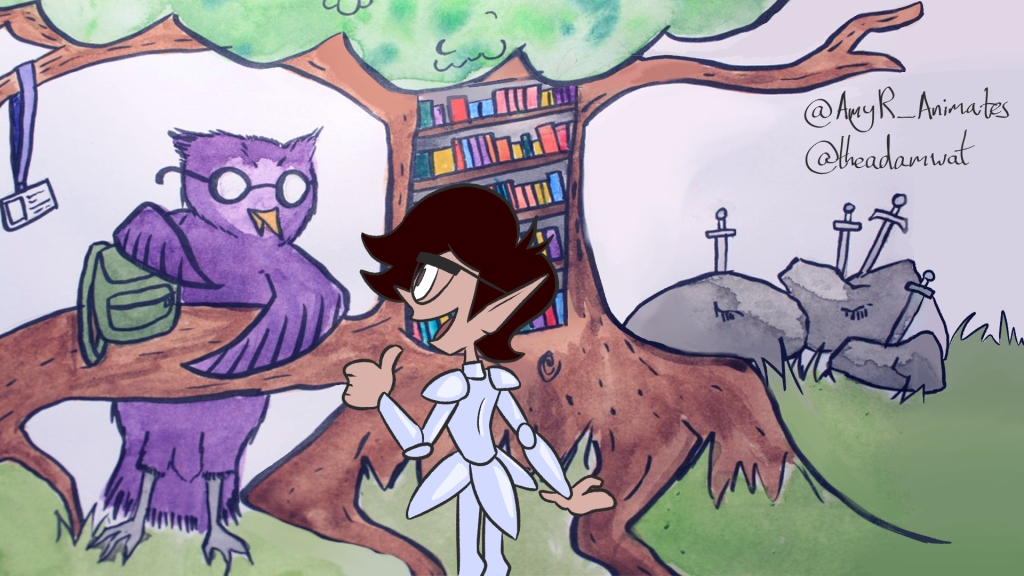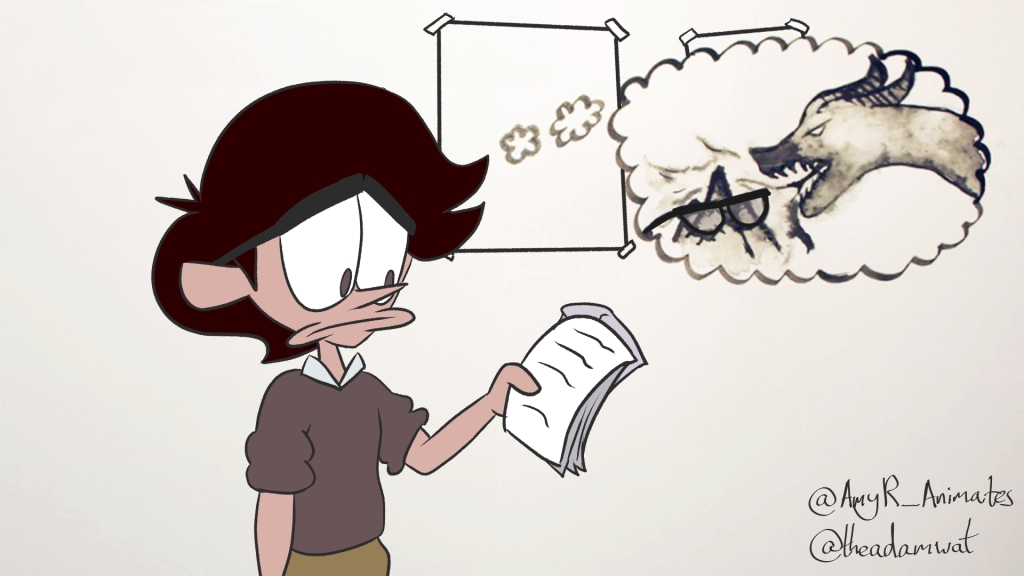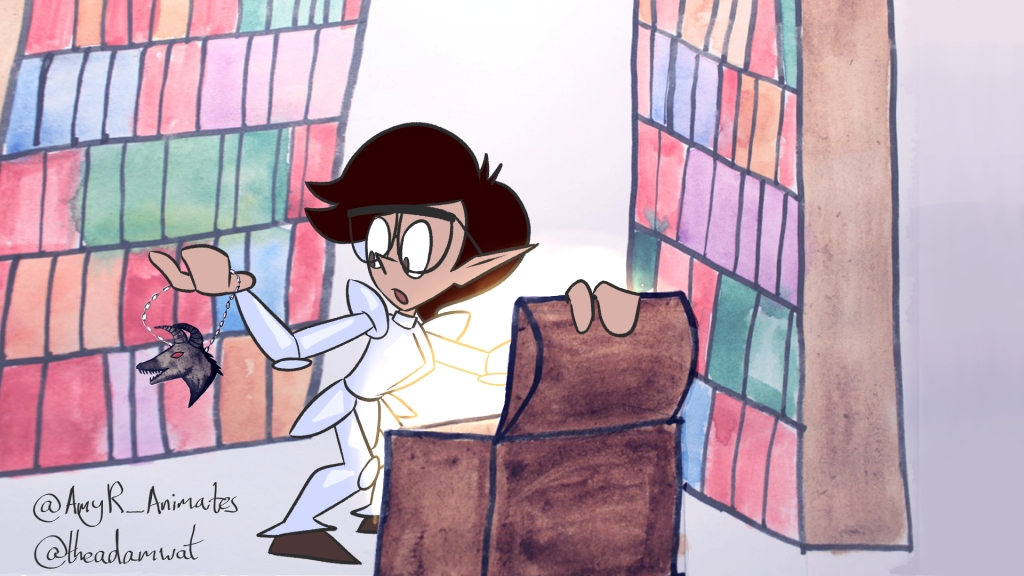Designing learning opportunities (also known as planning teaching) can be a tricky business. And it is often all too easy to focus on the content of a session, module, year or course, rather than on the people who we actually want to go on the learning journey.
If you have followed me to my Academic Afternoon Tea (quite some time ago now), you will know that I have been toying with the Hero’s Journey (a concept in scriptwriting) as a template (you can remind yourself in this post). But you might not know that I found Robert Farmer, learning developer at the University of Northampton, a likeminded colleague and that we have been working on this for a while now, culminating in a website that breaks the learning journey into equivalents of the Hero’s Journey and suggests some diagnostic questions that can help us consider these stages when designing student-centred sessions. You can access this website here (it also has a great resources page if you are hungry for more research in this area).

We had been planning to take this to the ALDinHE conference in 2020, and had planned an exciting journey for the conference delegates themselves – part reflective walk, part treasure hunt around the Waterside campus of the University of Northampton, that was to trace the stages by making links to the built environment, with hidden passwords and puzzles that were to unlock the diagnostic questions on the website and would culminate in discovering the location of an in-person discussion on the subject. Alas, it was not meant to be, because the conference that year was, of course, cancelled due to Covid-19. It felt like while we hadn’t refused the call, we were refused an adventure!

This year the conference went ahead, albeit in a virtual format. Which, of course, had a huge effect on our initially planned ‘wildcard’ session, because how to do a reflective walk within an hour session in people’s own homes? So we had to re-plan this from scratch. And we wanted to make sure we didn’t just focus on the content, but also on the participant’s experience. Could we send them all on their own little adventure, while also managing to tell them how we would map the student journey onto the Hero’s journey? In the end we went for a hybrid, telling our audience about the stages first, and then sending them on a little scavenger hunt around their homes with the brief to find objects and images that somehow represent parts of the adventure of learning. And we got some wonderful objects, pictures and stories back! I believe a great help for the success of the session were the beautiful illustrations we had commissioned from Amy Rose and Adam Watkins, two of my final year students, that did a great job at making the links between a traditional hero (armour, sword, dragon, etc.) and a student (library, whiteboard, mortar board).

We are now trying to figure out where to take this next. At a time when learning developers will be called on to review and re-plan sessions of all shapes and sizes, to decide how much it is appropriate to go back to the old normal or what of the online delivery aspects would be useful to keep, we probably all could do with taking a critical look at the teaching we have planned for September 2021. So this might be a good time to take this project further. We could see an in-person workshop (maybe half day?) that explores the structure and archetypes within the Hero’s Journey as mapped onto the learning journey. Or an on-line course that delves more into the stages and diagnostic questions, either stand-alone or run over 12 short sessions.
What do you think? Would one of these be interesting? Or a different format altogether? Please let us know in the comments!






